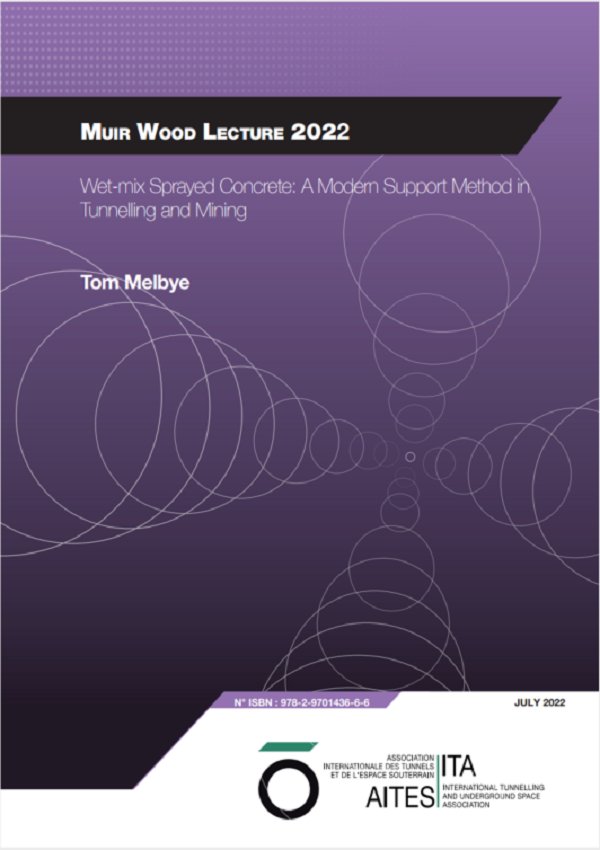One of the key developments over the last 40 years in both the tunnelling and mining industries has been with the application of sprayed concrete for ground support. Sprayed concrete, a globally recognized support system in underground projects, is required to perform its support function not only over the expected life of underground openings but also, from a safety and productivity perspective, at a very early age. The balance between placement ability, early strength and longterm performance is a delicate one, and has been repeatedly improved upon as the use of sprayed concrete has increased in mining and tunnelling. Early strength is particularly important in safeguarding the integrity of underground openings on the one hand, as well as in protecting the operators and equipment on the other, thus allowing work resumption as quickly as possible while strictly following all safety regulations. The main developments have been in much improved overall safety, up to a 6-fold increase in spraying outputs and vastly improved quality, which nowadays matches that of standard concrete. These improvements have been mostly brought about by the introduction of wet-mix sprayed concrete from the mid 1980’s onwards, with robotic spraying machines operated by highly professional nozzlemen. This new modern high performance sprayed concrete approach, coupled with new waterproofing methods and smarter, holistic tunnel design approaches, affords the industry some significant steps forward in faster, more environmentally friendly and lower cost and lower risk tunnelling. In addition, the single shell sprayed concrete method in combination with electrically driven spraying robots offers big savings in CO2 output. This paper covers the history of wet-mix sprayed concrete, showing its development and the actual state-of-the-art, and including future insights with respect to best practices and technologies which form the basis for the safest, earliest re-entry policies and with a holistic approach to mix design, equipment and application techniques. One of the future trends and opportunities will be the removal of the operators away from the tunnel face through the use of automatic remotely operated spraying robots equipped with a 3D scanning system; this also allows obtaining real time information on all parameters of the spraying application (IOT solution). Simulator supported user training of High-Performance Sprayed Concrete is crucial in ensuring the correct level of operator qualification in the future. Here the ITA/ITAtech will play an important role. Other trends in future developments discussed include the development of cement-free sprayed concrete linings using geo-polymers that offer a new dimension in material performance in terms of enhanced durability and improved environmental credentials.


